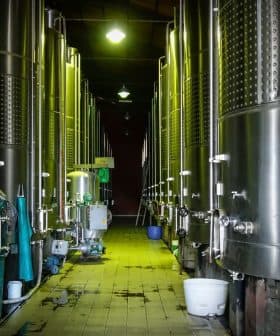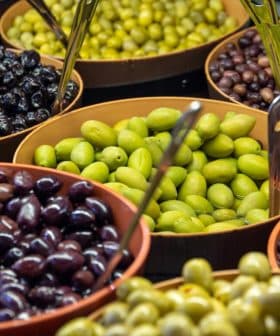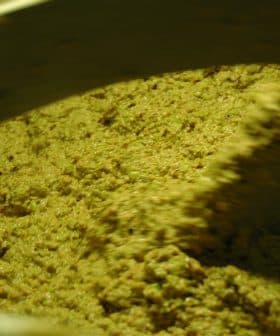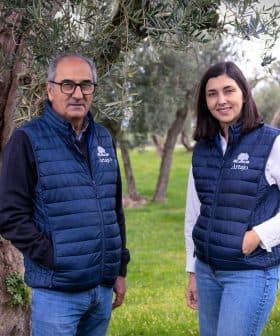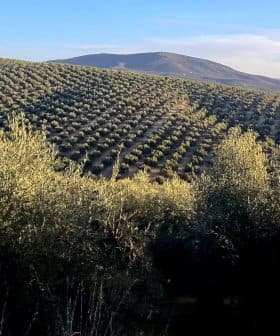An Ambitious Goal to Sell 4 Million Tons of Olive Oil by 2040
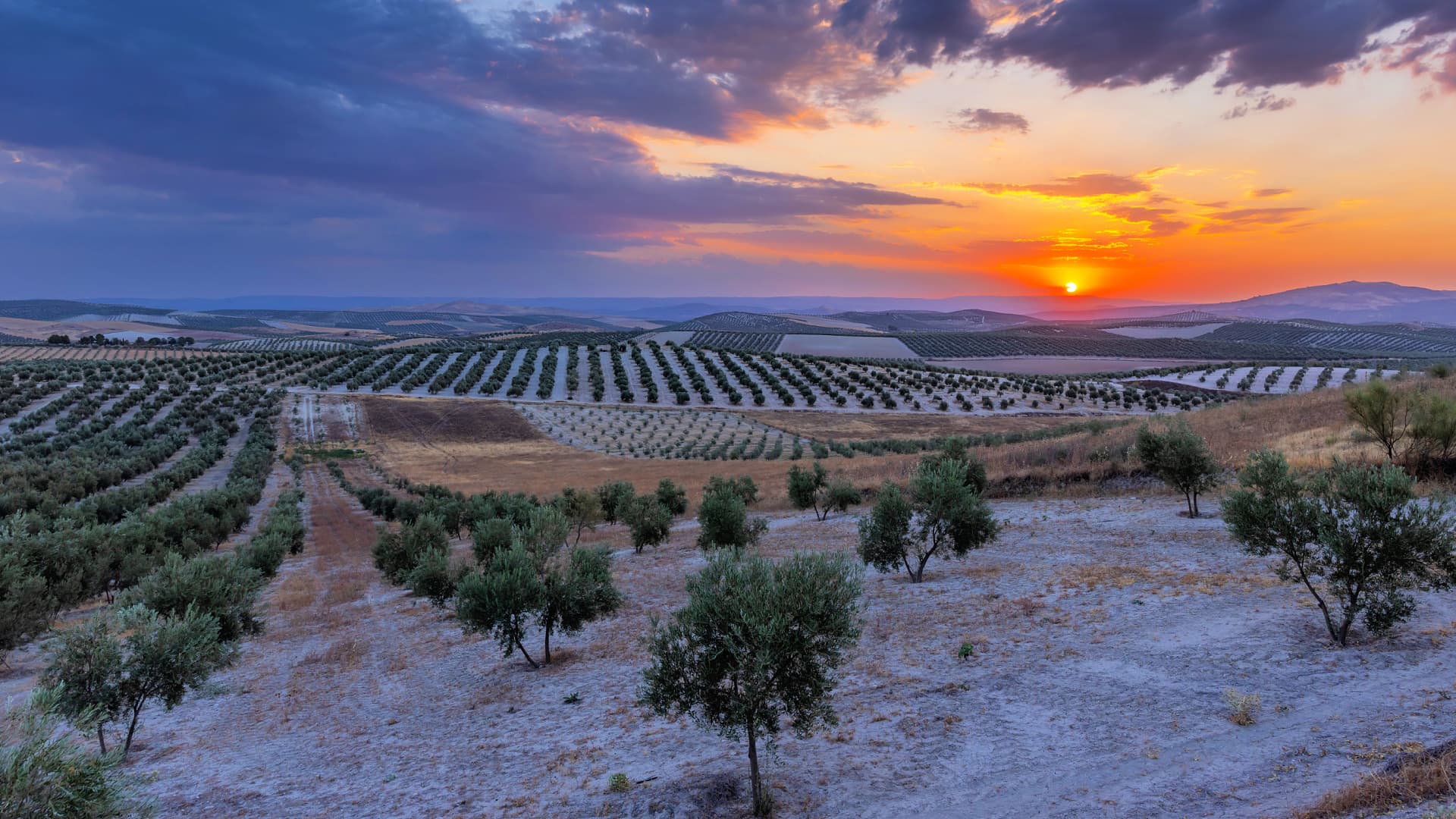
Spanish Minister of Agriculture, Fisheries and Food, Luis Planas, aims for the olive oil sector to achieve global sales of four million tons by 2040 by increasing production, opening new markets, and ensuring profitability. However, Juan Vilar, chief executive of Vilcon, doubts that even with increased production in Portugal and Tunisia, global capacity will reach four million tons by 2040, and believes that efficiency in mills and a shift to more irrigated super-high-density olive groves would be necessary to reach this goal.
Spanish Minister of Agriculture, Fisheries and Food, Luis Planas, has set a target for the olive oil sector to “reach global sales of four million tons by 2040.”
“We will increase production, open new markets and guarantee the profitability of farmers, the industry and distribution,” he told Expoliva last month.
However, Juan Vilar, the chief executive of agricultural and olive oil consultancy Vilcon, believes this is an optimistic forecast.
To reach that level of efficiency, every mill needs a higher level of optimization.
He told Olive Oil Times that Spain, which produced 42 percent of the world’s olive oil in the 2024/25 crop year, can currently produce 2.5 million metric tons of olive oil annually.
To date, Spain’s record-high production total was 1.79 million tons in the 2018/19 crop year, and the world’s largest olive oil producer averaged an annual yield of 1.4 million tons in the five years from 2017/18 to 2021/22.
While Spain could produce more than three million tons of olive oil “without a problem” in ten to 15 years, there are doubts that even with increased production in Portugal and Tunisia, global capacity would reach four million tons by 2040.
See Also:Producers in Spain Cap Strong Harvest with Quality AwardsVilar previously estimated that global olive oil production could reach 4.4 million tons by 2050 and does not doubt that Spanish production could reach four million tons at some point, but this would require increasing efficiency in mills and a shift to more irrigated super-high-density olive groves.
“To reach that level of efficiency, every mill needs a higher level of optimization,” he said.
Indeed, Vilar recently coordinated a study of the Iberian Peninsula’s 2,219 olive mills, including 1,047 registered as social enterprises and 1,172 industrial mills.
The team of researchers calculated the minimum amount of olives that a mill needs to transform into olive oil to be profitable. In general, every kilogram of olives milled lowers the cost of milling for the campaign, which has seen fixed costs rise steadily.
The researchers found that in years with poor harvests, exemplified by the 2022/23 crop year, 363 mills in Spain and 137 mills in Portugal would be unable to mill enough olives to cover operating costs and be at risk of closing down.
“What will happen? All the small oil mills that don’t have the efficiency will gradually be incorporated or integrated into other larger mills, and ultimately, the number of oil mills will decrease, but their capacity and efficiency will increase,” Vilar said.
“This is leading to a concentration in the countryside,” he added. “Farms are getting larger or are working cooperatively with small farmers. Packers are getting bigger. Distribution is getting bigger, meaning food and other distribution companies are getting bigger.”
Vilar pointed out that the trend is already beginning to unfold, with eight mills in Portugal responsible for milling 46 percent of the country’s olives and the largest mills in Spain transforming 45 times more olives each harvest than the average mill.
He said that small and medium mills must increasingly specialize to stand out by emphasizing quality, diversifying their product portfolio, telling a distinctive story about themselves and focusing on native olive varieties that are not compatible with super-high-density cultivation.
“They must also continue to optimize by-products in an appropriate way and integrate new activities such as oleotourism,” Vilar said.
In the meantime, Planas told Expoliva that a government priority is to guarantee fair prices for farmers and olive growers, who he described as the “weakest link in the chain and must be fairly compensated for their efforts.”
Planas stated that the role of mills and cooperatives in achieving this goal was fundamental, emphasizing that quality was the key to increasing margins across the entire value chain.
“Our greatest asset is quality; we must continue to focus on it as our hallmark,” Planas said.
He also emphasized that exporters could not be complacent and continue to promote Spanish olive oil in the more than 150 countries to which it is exported.
“We must defend our position in strategic markets like the United States and open new ones like Mercosur, Japan, Korea, Canada, the United Kingdom and the European Union,” he said. “The potential is enormous, and we must intensify our promotion.”



